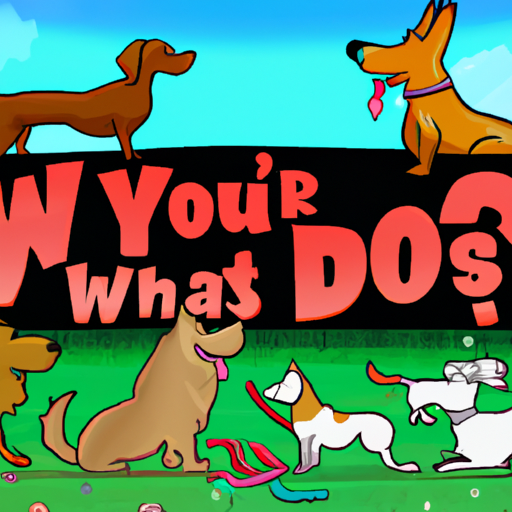Understanding Your Canine Companion
You are a caregiver, a provider, and a best friend to your beloved dog. You’ve spent countless hours tossing tennis balls, dishing up kibble, and giving belly rubs. But have you ever wondered what your dog’s behaviors are trying to tell you? Dogs have a language of their own, and understanding it can help you connect on a deeper level with your furry friend.
- Tail wagging isn’t just a sign of happiness. The direction and speed of the wag can communicate a variety of emotions.
- Barking can mean anything from excitement to fear, depending on the pitch and duration.
- A dog’s ears are also a strong indicator of their mood. Erect ears usually mean alertness, while flat ears can indicate fear or submission.
Decoding ‘Dog Speak’
You’ve probably noticed that your dog’s barks, whines, and growls aren’t all the same. Different vocalizations can mean different things. Let’s break down some common ‘dog speak’:
- Barking: This is a dog’s most common vocalization. It can be a call for attention, a warning, or an expression of excitement.
- High-pitched, rapid barking is often a sign of joy or excitement.
- Low-pitched, slow barking can be a warning or sign of aggression.
- Growling: This is usually a warning sign. However, some dogs may also growl during play.
- Whining: This is often a sign of distress or discomfort. It can also be a plea for attention.
Your Dog’s Body Language
Understanding your dog’s body language is just as important as decoding their vocalizations. For instance, did you know that a wagging tail doesn’t always mean a happy dog? Here’s a quick guide to help you interpret some of your dog’s physical cues:
| Body Language | Likely Meaning |
|---|---|
| Tail held high and wagging | Excitement or alertness |
| Tail tucked between legs | Fear or submission |
| Ears pinned back | Fear or anxiety |
| Rolling over to expose belly | Submission or comfort with you |
The Importance of Regular Check-ups
Just as you visit the doctor for regular check-ups, your dog needs routine vet visits too. These visits aren’t just for vaccinations and deworming. They’re also an opportunity for your vet to catch any potential health issues early on. Regular check-ups can help ensure your dog lives a long, healthy life.
FAQ Section
Question: What does it mean when my dog’s tail is wagging?
Answer: It can mean a variety of things, from excitement, alertness to fear, depending on other body language cues.
Question: Why does my dog growl when playing?
Answer: Some dogs growl during play as part of their ‘play talk’. However, if the growling is accompanied by aggressive body language, it could be a sign of distress.
Question: How often should I take my dog for a check-up?
Answer: It’s recommended to take your dog for a vet check-up at least once a year. However, puppies and older dogs may need more frequent visits.
Understanding your dog’s language can strengthen your bond and help you provide the best care possible. So next time you’re playing fetch or cuddling on the couch, pay close attention to your dog’s signals. They might be trying to tell you something important.



